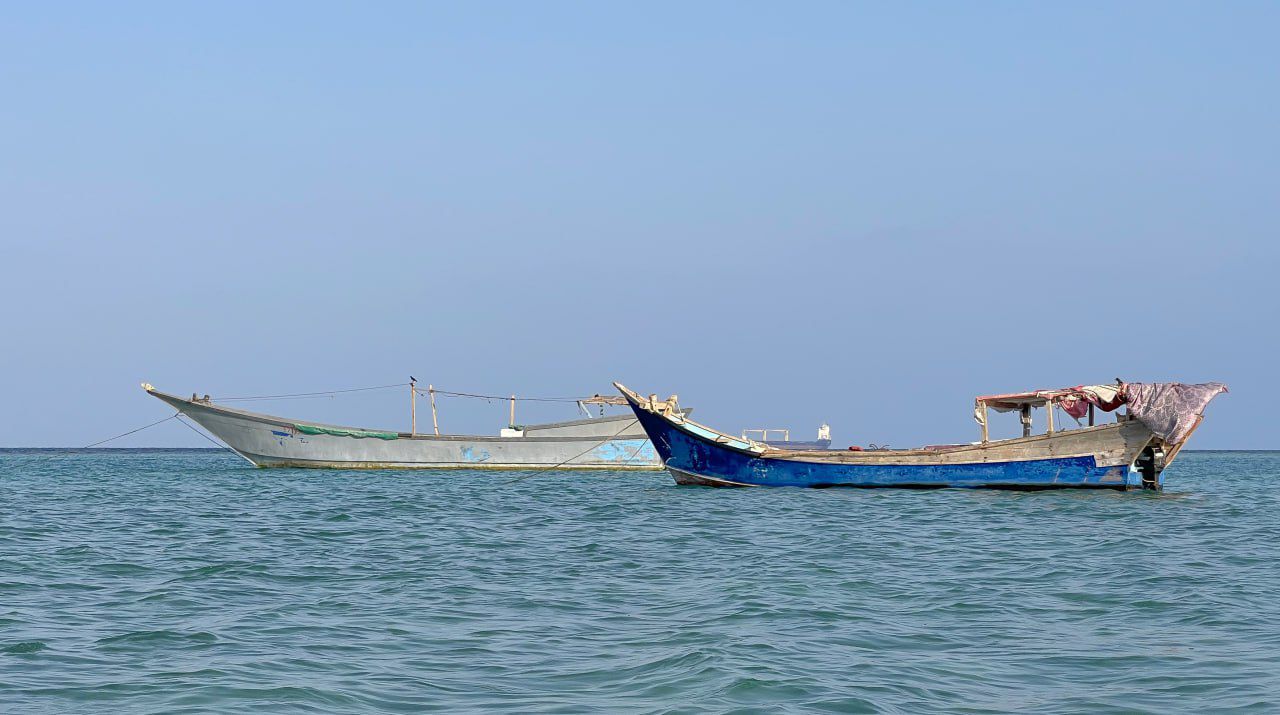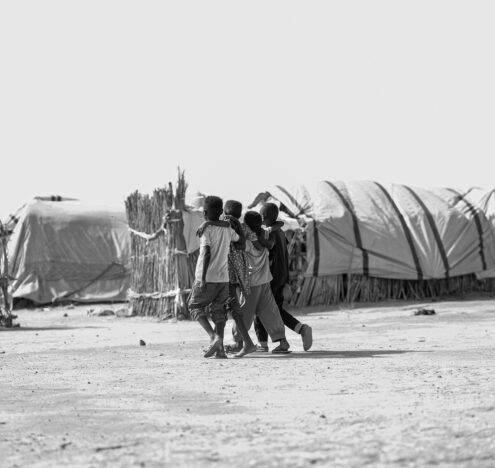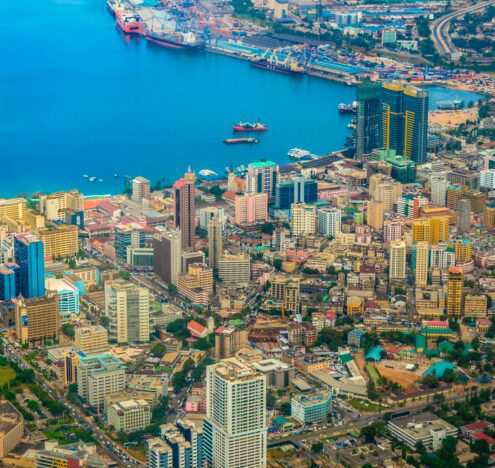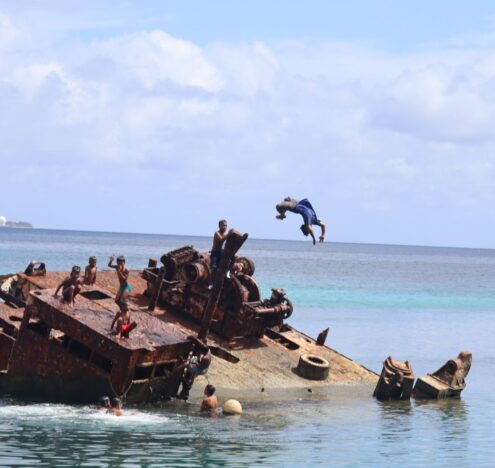Since the 18th century, global and regional powers have marveled at the Red Sea, a critical maritime corridor through which roughly 12% of global trade passes. From the British Empire’s incursion into Egypt to the French Empire’s conquest of Djibouti, nations near and far have long sought influence along this vital inlet.
Recent moves by Ethiopia show that the chase for a Red Sea presence continues today. As the capital of the world’s most populous landlocked country, Addis Ababa has long aspired to gain access to the sea. It was this strategic imperative that contributed to Ethiopia’s annexation of Eritrea in 1962. Since Eritrea’s secession in 1993, Ethiopia has been dependent on Djibouti for 95% of its seaborne trade, at an annual cost of $1.5 billion.
In 2024, seeking to break free from its landlocked constraints, Ethiopia signed a controversial agreement with the breakaway government of Somaliland. In exchange for a 20-kilometer (12.4-mile) stretch of Red Sea coastline and rights to establish a naval base, Ethiopia agreed to recognize Somaliland’s independence. The deal drew a sharp rebuke from Somalia, which considers Somaliland part of its sovereign territory.
Although Turkey brokered a peace process in December 2024 aimed at resolving tensions between Ethiopia and Somalia, diplomatic strain lingers. Ethiopian Prime Minister Abiy Ahmed has repeatedly insisted that Red Sea access is non-negotiable, much to Somalia’s frustration.
The incident points to what analysts have long stressed: the Red Sea has increasingly become a battleground for influence between global and regional players. With this critical maritime route lying along East Africa, one of the world’s most volatile regions, its security is heavily determined by the dynamics of this territory. This spells more trouble for maritime security, not only with the ongoing Sudan war, but as Ethiopia ventures into another economic endeavor: the Grand Ethiopian Renaissance Dam (GERD).
Announced in 2011, the GERD is located near the Blue Nile River in Ethiopia’s western Benishangul-Gumuz region, close to the Sudanese border. The GERD is expected to be Africa’s largest hydroelectric facility, capable of holding up to 74 billion cubic meters of water and generating over 5,000 megawatts of electricity. This development has come to the fore with the recent official inauguration of the dam.
The GERD has become a flashpoint in relations between Egypt, Ethiopia, and Sudan, with Cairo and Khartoum viewing it as a threat to downstream water flows from the Nile, upon which both countries depend. Past peace efforts between the three states have failed to produce a long-lasting resolution.
As war continues to ravage Sudan, Egypt has turned to neighboring states to counterbalance Ethiopia’s regional posture. Following the Ethiopia–Somaliland announcement, Egypt and Somalia signed a defense pact in August 2024. Under this agreement, Egypt deployed more than 5,000 troops to Somalia under the African Union peacekeeping mission, committed to joint military exercises, and supplied heavy weaponry, including rocket launchers and anti-tank systems.
The GERD dispute and the war in Sudan have become interlinked crises. Sudan’s collapse has removed it from the negotiating table, crippling mediation over the dam. In turn, as Ethiopia presses ahead with construction, Egypt is seeking support from states opposed to Addis Ababa’s policies, further fragmenting the regional consensus needed to address Sudan’s conflict. For this reason, the two matters should be jointly addressed within a broader regional framework.
The path forward could rest on a simple trade: peace in Sudan for peace on the Nile. The idea would be to strike a three-way deal between Egypt, Sudan, and Ethiopia. Together, they could manage Red Sea trade routes, set rules for shipping, and even divide up parts of the coast.
Most importantly, Ethiopia would gain long-sought access to the Red Sea through Port Sudan, the country’s main seaport where the army is currently based. Addis Ababa wouldn’t just get commercial rights; it might even be allowed to build a naval base there, something Sudan has already offered to other foreign states.
In return, Ethiopia would finally sign a binding agreement on the Nile dam, determining how fast it can fill the reservoir and how much water it promises to release downstream during droughts. That would go a long way toward easing the fears in Cairo and Khartoum.
But none of this is possible without ending Sudan’s war. Here, Egypt and Ethiopia are in a unique position: both have ties to the warring parties and expressed a willingness to engage diplomatically to resolve the conflict. If they joined forces, with support from the African Union and Arab League, they could broker talks and push Sudan’s rival generals to the table. The endgame would be a new unity government in Sudan, strong enough to sign onto what might be called the “Port Sudan Accords.”
While challenges remain, this proposal offers a viable diplomatic off-ramp to two of Northeast Africa’s most destabilizing crises, addressing the concerns of the three major parties.
For Egypt, it secures a binding legal framework on the GERD, safeguarding its national water interests. For Ethiopia, it retains the GERD and secures long-sought Red Sea access without provoking its neighbors. And for Sudan’s warring factions, the arrangement offers different but converging incentives: for the SAF, a resolution to a conflict that has drained its resources; for the RSF, a pathway into political negotiations; and for civilian actors, a chance to rebuild institutions and reclaim Port Sudan as a hub of national recovery and diplomatic legitimacy.
The Port Sudan Accords, if realized, could offer the most realistic path to peace and prosperity for a region in desperate need of both.




















